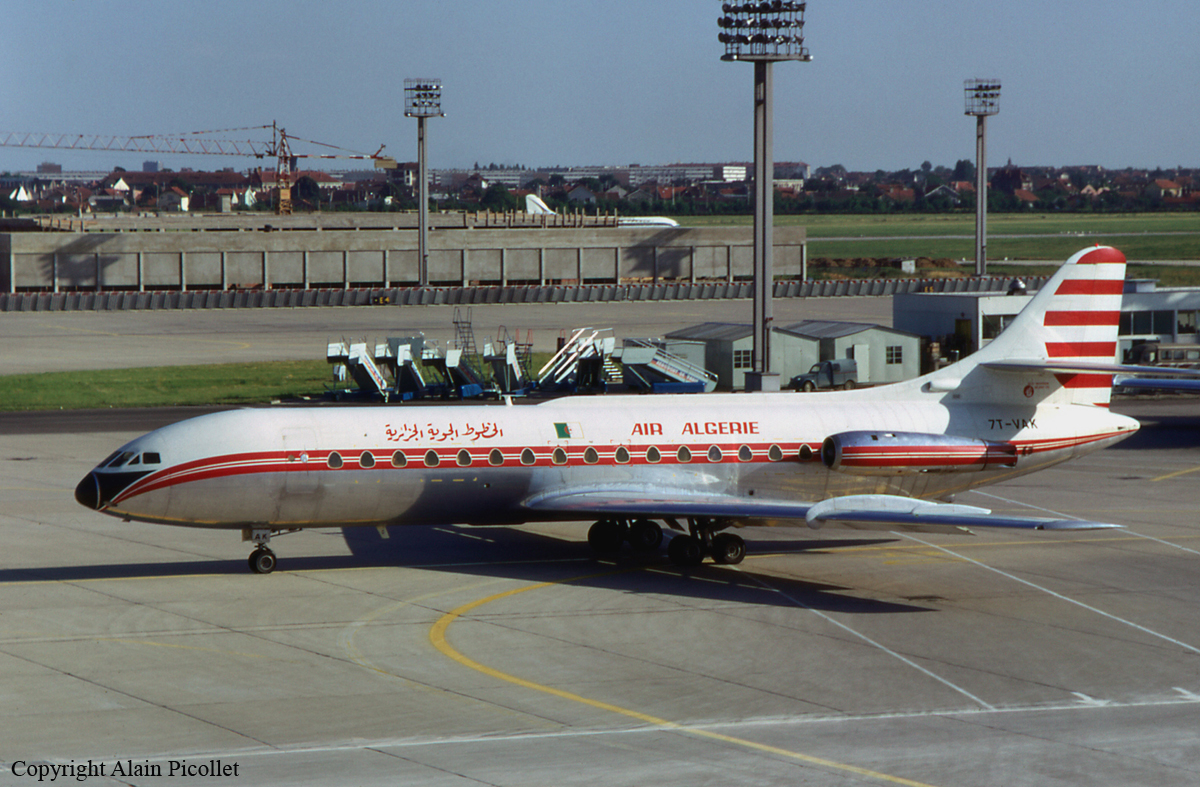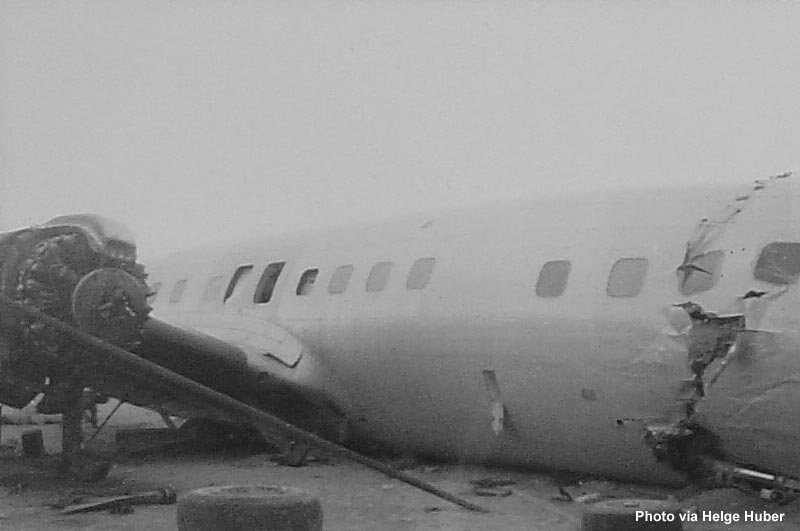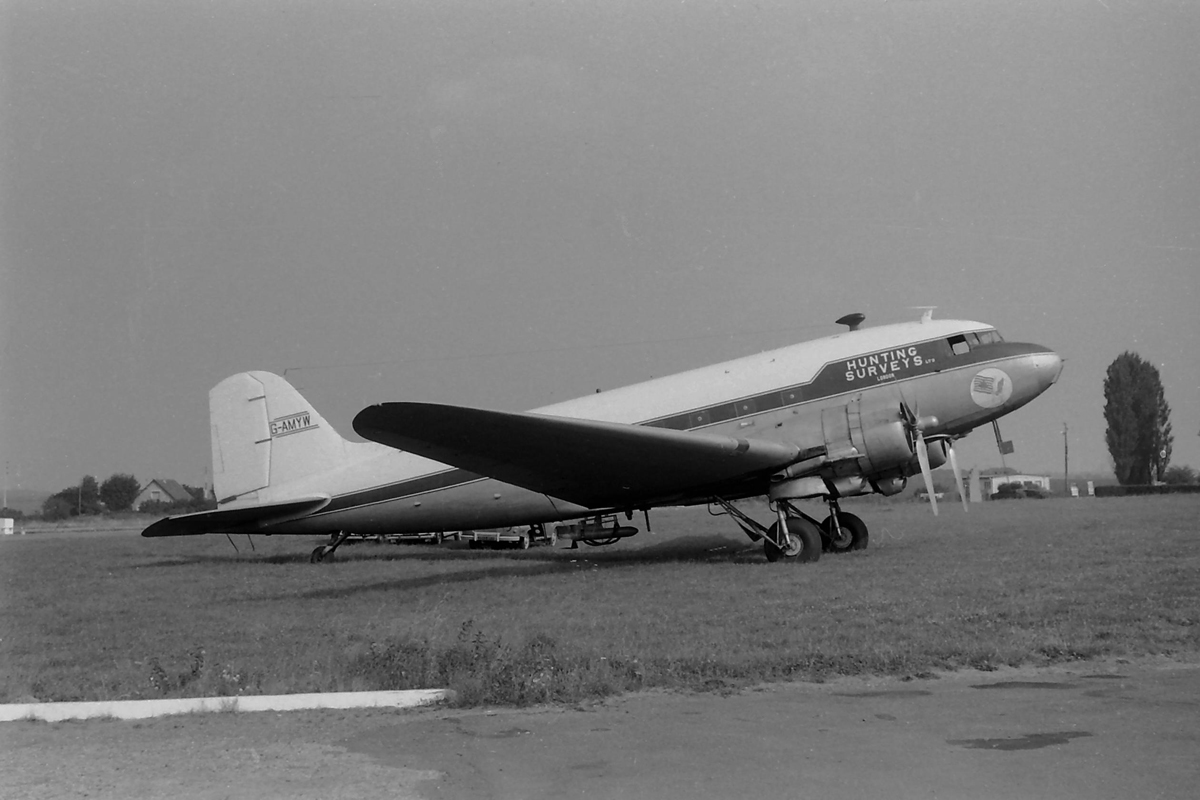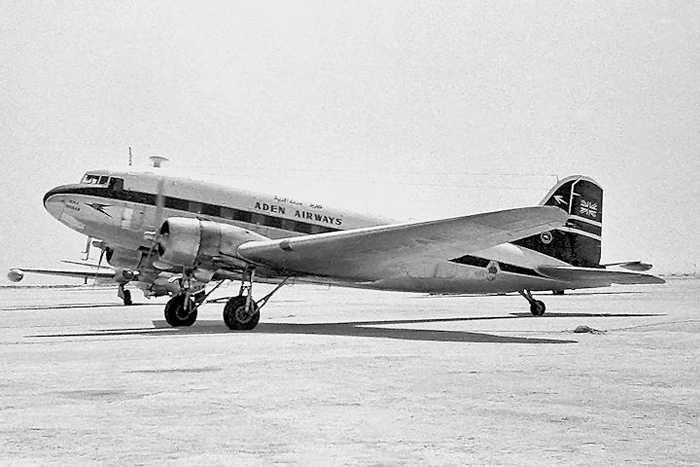Crash of a Sud-Est Aviation SE-210 Caravelle VI-N near Aïn Naga: 35 killed
Date & Time:
Jul 26, 1969 at 0130 LT
Registration:
7T-VAK
Survivors:
Yes
Schedule:
Marseille – Algiers – Hassi Messaoud
MSN:
73
YOM:
1961
Crew on board:
7
Crew fatalities:
Pax on board:
30
Pax fatalities:
Other fatalities:
Total fatalities:
35
Circumstances:
The airplane was completing a charter flight from Marseille to Hassi Messaoud with an intermediate stop in Algiers, carrying French technicians flying to the Oil facilities in Hassi Messaoud. While in cruising altitude by night, an electrical short-circuit occurred in the cockpit panel, causing smoke to spread. The crew declared an emergency and elected to divert to Biskra Airport. While descending to Biskra, the airplane went out of control and crashed in flames in a desert area located near Aïn Naga, some 40 km southeast of Biskra. Both pilots were seriously injured while all 35 other occupants were killed.
Probable cause:
Electrical short-circuit in the cockpit panel in flight.















